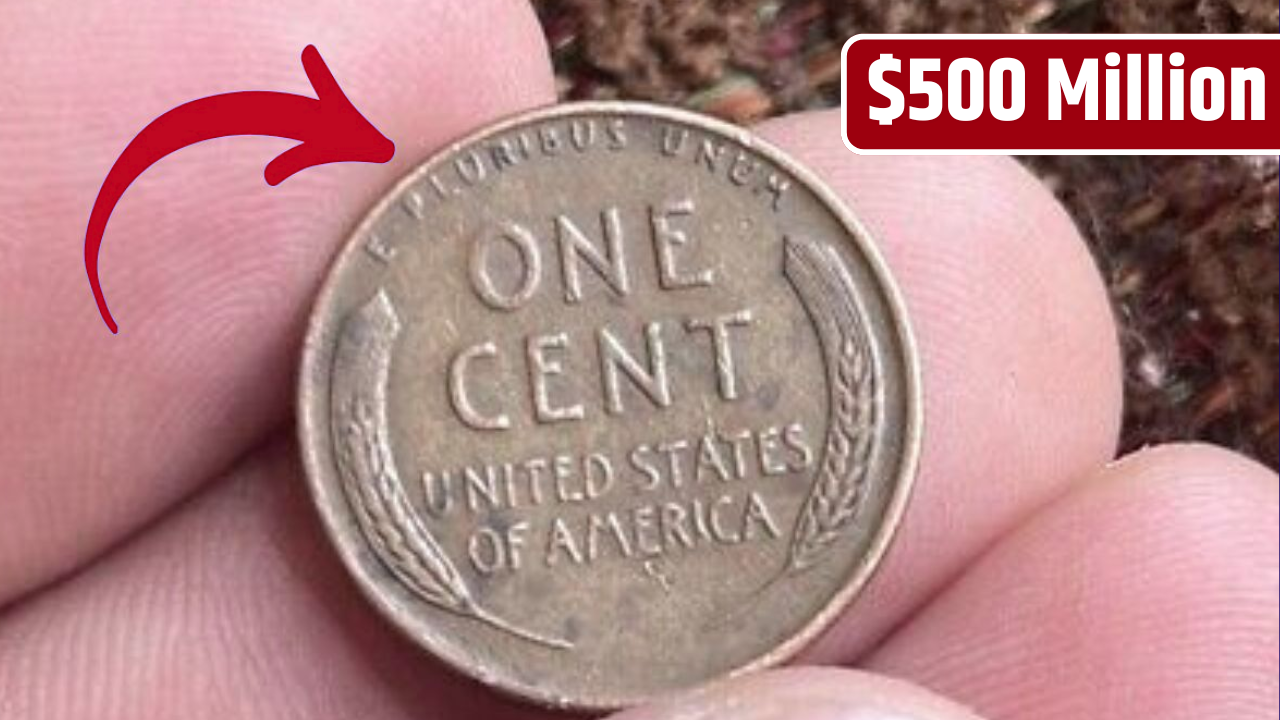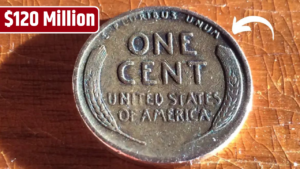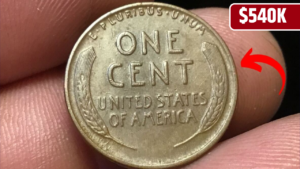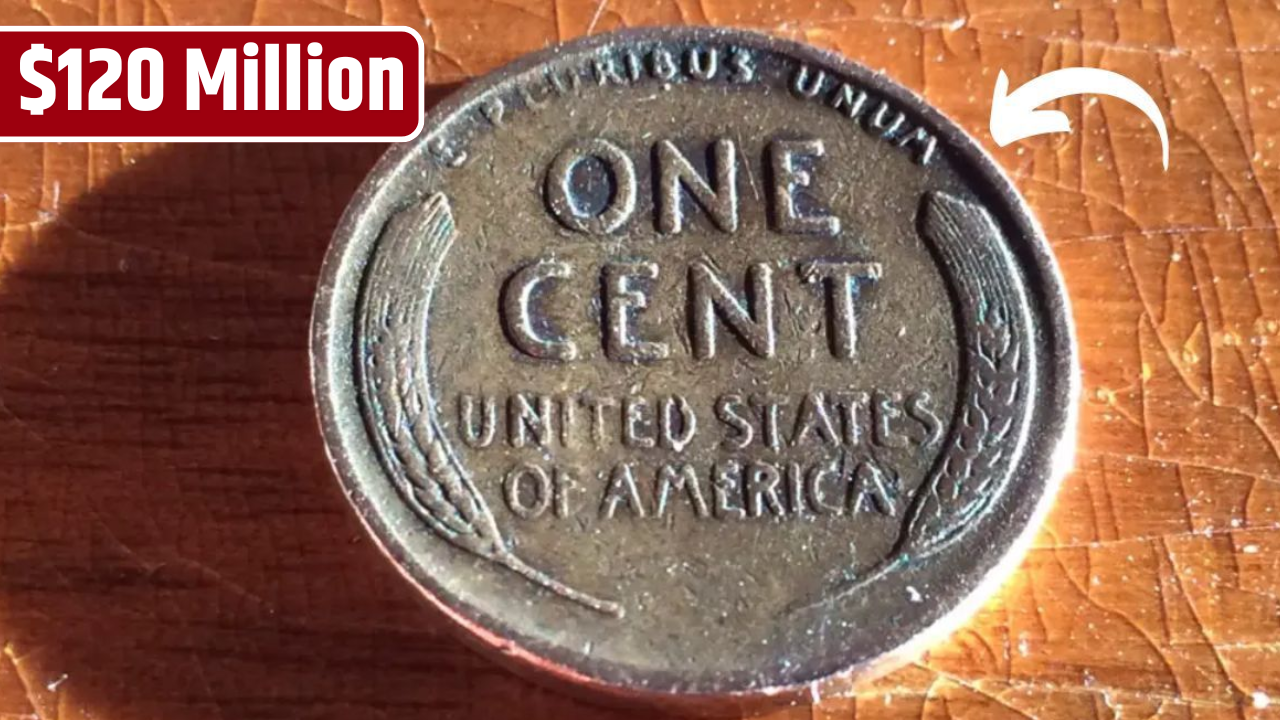A tiny copper coin capturing imaginations around the world? That’s the Lincoln Wheat Penny, rumored to be worth an astronomical $500 million. But is there truth behind the legend—or is it all numismatic folklore? Let’s break down the history, the facts, and the hype surrounding one of the most talked-about coins in history.
The Legacy of the Lincoln Wheat Penny
First minted in 1909, the Lincoln Wheat Penny was introduced to commemorate the 100th anniversary of Abraham Lincoln’s birth. This marked a major shift in U.S. coinage—it was the first coin to feature a real person, designed by Victor David Brenner. Lincoln’s profile graced the front, while the reverse featured two wheat stalks flanking the words “ONE CENT”—a nod to America’s agrarian roots and a symbol of strength and prosperity.
The Lincoln Wheat Penny remained in production until 1958, before transitioning to the Lincoln Memorial design in 1959. While most Wheat Pennies are common and worth mere cents, a handful of extremely rare errors and limited mintage coins have become million-dollar collectibles.
Why Some Pennies Are Worth a Fortune
Not all Lincoln Wheat Pennies are created equal. Some have unique characteristics or minting mistakes that make them highly desirable among collectors. These include:
| Penny | Description | Est. Value |
|---|---|---|
| 1943 Copper Penny | Mistakenly minted in copper instead of steel during WWII. Only a few exist. | $100,000 – $1,700,000+ |
| 1944 Steel Penny | Struck in leftover steel planchets from 1943, despite copper being reinstated. | $75,000 – $200,000+ |
| 1909-S VDB Penny | First year of issue with only 484,000 minted; features designer’s initials “VDB.” | $700 – $100,000+ |
| 1955 Doubled Die Penny | A striking error causing the date and lettering to appear doubled. | $1,000 – $15,000+ |
So, where does the $500 million penny fit in?
The Myth of the $500 Million Lincoln Wheat Penny
No public record exists of a Lincoln Wheat Penny being officially valued at $500 million. However, this figure could be driven by myth, rarity, and hype—perhaps tied to an unconfirmed specimen with extraordinary traits, such as:
- A one-of-a-kind minting error
- A prototype never intended for circulation
- A coin with historical provenance (such as being owned by a prominent figure or part of a hidden hoard)
Despite the lack of hard evidence, such legends persist because rare coins often resurface decades after their creation, sometimes in the most unexpected places—like a forgotten change jar or a bank roll.
Could a $500 Million Penny Still Be in Circulation?
As unlikely as it sounds, it’s not impossible. People have found incredibly rare coins in everyday circulation—pennies that were worth thousands or even millions. The key is knowing what to look for.
Here’s how to examine your Wheat Penny:
- Check the Year and Mint Mark
Look beneath the date for a small letter (D, S, or no mint mark). Some years and mints are rarer than others. - Look for Errors
Use a magnifying glass to inspect the lettering and date for doubling, missing details, or misalignments. - Weigh the Coin
A 1943 copper penny weighs more than the standard steel version. Use a digital scale for accuracy. - Consult a Numismatist
If your coin seems unusual, have it verified by a professional or submit it to a grading service like PCGS or NGC.
Where to Sell a Rare Penny
Got something special? Don’t rush to your nearest pawn shop. Here are your best options:
- Numismatic Auctions (e.g., Heritage Auctions, Stack’s Bowers)
- Online Marketplaces (eBay, Etsy—for verified sellers)
- Coin Dealers and Collectors’ Forums
- Coin Shows and Conventions
A verified rare coin can fetch competitive offers in these venues, especially when accompanied by professional grading certification.
The tale of the $500 million Lincoln Wheat Penny blends history, rarity, and a dash of mystery. While no verified penny has reached that colossal price tag, certain Lincoln Wheat Pennies have sold for millions due to their rarity and collector demand. If you stumble across a Wheat Penny in your pocket, take a second look—it just might be a piece of numismatic treasure.
FAQs
What is the rarest Lincoln Wheat Penny?
The 1943 Copper Penny and the 1909-S VDB Penny are among the rarest and most valuable Lincoln cents.
How do I know if I have a valuable penny?
Look for key dates, mint marks, and minting errors. Professional grading can help determine true value.
Are Wheat Pennies still in circulation?
Yes, but they’re rare. Some can still be found in circulation or coin rolls from banks.
How much is a 1943 Steel Penny worth?
In circulated condition, about 10 to 50 cents. Uncirculated examples can fetch several dollars. The copper version is worth much more.









